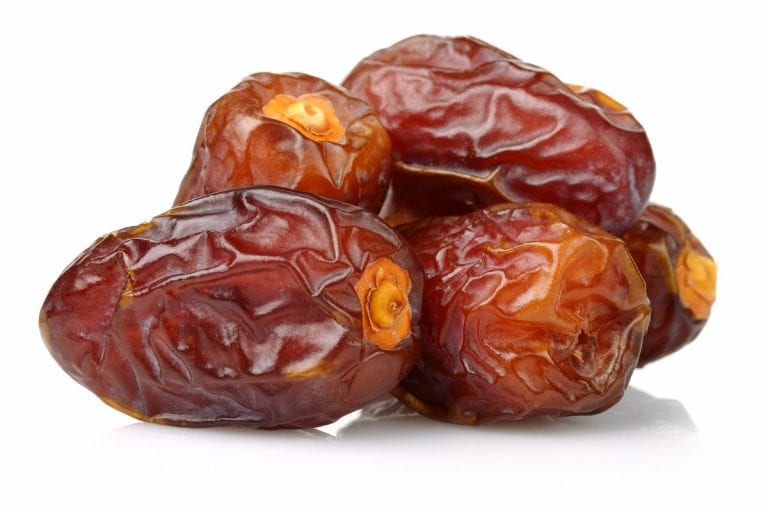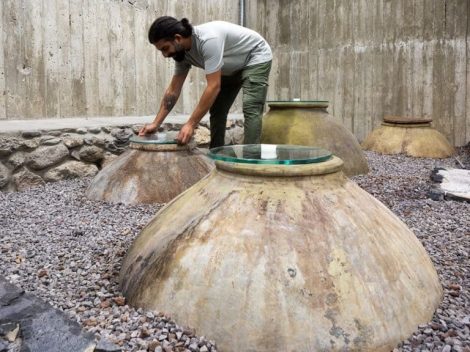History of dates
The name "dates" comes from the Greek word daktilos, meaning "finger," and refers to the shape of the fruit. A companion to walnuts, almonds, hazelnuts and dried figs, dates are among the most widely consumed products during the Christmas season. In purity, filled with other nuts, covered in chocolate, it doesn't matter, as long as they mark snacks and snacks of the holidays. In Italy we are used to associate them with Christmas, but in other countries they are not seasonal products at all. The gastronomic use of dates began in ancient Egypt, where they were appreciated for their satiating power. The Romans used them to flavour wine, prepare sweet dishes and also to ferment alcoholic beverages.
Dates: properties and nutritional values
Today we know that dates have a significant caloric intake, so it is appropriate to consume them sparingly, like all ingredients also have beneficial properties. They do not have a lot of fats and are rich in fiber, vitamins and minerals, as well as having a good percentage of essential amino acids, useful for the proper functioning of the body. They are an excellent source of potassium and phosphorus and contain a fair amount of group B vitamins. In order to better absorb the nutritional principles, it is advisable to eat them fresh, because they keep the doses of mineral salts and vitamins more intact.
Kitchen uses of dates
The uses of dates in the kitchen are many. They can be used to replace sugar in some sweets. For example, to make good protein cereal bars or homemade granola. They are also excellent stuffed, with almonds, pine nuts or chocolate for the most gourmet, covered with a sprinkle of coconut or bitter cocoa, or inserted inside cakes, sweets, muffins and pastries. Why not a dates syrup? For yogurt, pancakes, smoothies, the extracts can be sweetened, leaving aside the refined sugar. Just cook the dried dates cut into cubes for a couple of hours and then thicken the liquid (filtered) on the fire. From these fruits you can also obtain good liqueurs, decoctions and jams, while those who follow a raw diet - in which food is not cooked above 42 ° C, to preserve its nutritional qualities - can use them to prepare cakes: all you need is some dried fruit reduced to powder, to be processed with chopped dates and stuffed as desired, to solidify in a cake pan and store in the refrigerator.


 Wine in cans, bottle-fermented, and alcohol free: the unstoppable change in Gen Z’s tastes
Wine in cans, bottle-fermented, and alcohol free: the unstoppable change in Gen Z’s tastes The great Bordeaux exodus of Chinese entrepreneurs: around fifty Châteaux up for sale
The great Bordeaux exodus of Chinese entrepreneurs: around fifty Châteaux up for sale Dubai speaks Italian: a journey through the Emirate's best Italian restaurants
Dubai speaks Italian: a journey through the Emirate's best Italian restaurants In France, over a thousand winegrowers have decided to abandon wine production
In France, over a thousand winegrowers have decided to abandon wine production In Miami, a Restaurant Hired a Pair of Grandparents to Hand-Make Tortellini: The Story of Torno Subito
In Miami, a Restaurant Hired a Pair of Grandparents to Hand-Make Tortellini: The Story of Torno Subito






